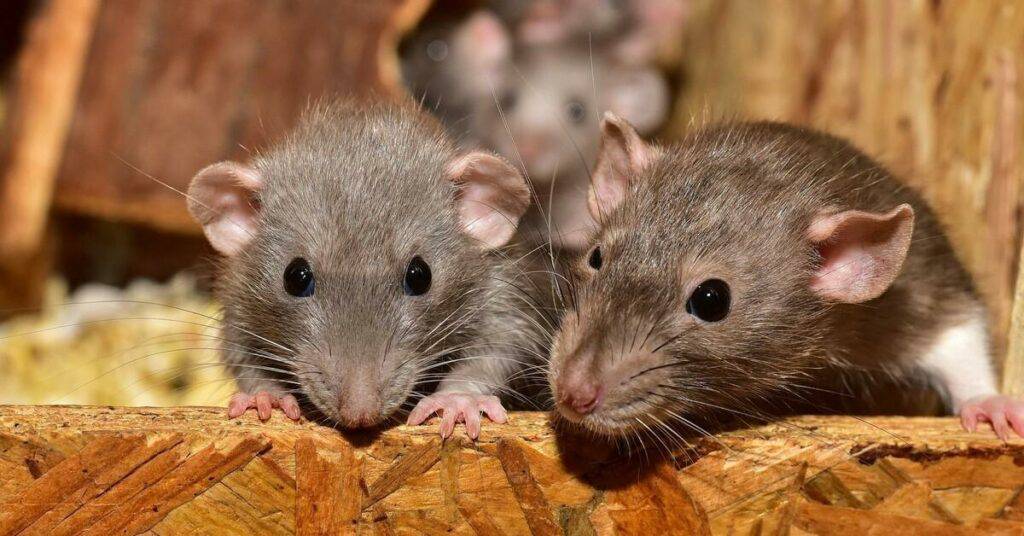Why rats experience activity anorexia?

Activity anorexia refers to a puzzling behavior where rats, in their quest for increased physical activity, paradoxically reduce their food intake to dangerous levels. This seemingly counterintuitive behavior has spurred a cascade of scientific inquiries, each seeking to unravel the underlying mechanisms and evolutionary implications of this peculiar phenomenon.
The Nature of Activity Anorexia
Activity anorexia manifests as a dangerous cycle: as rats engage in increased physical activity, they concurrently decrease their food consumption. This leads to a severe caloric deficit, ultimately resulting in malnutrition and, in extreme cases, death.
Activity anorexia has been observed in laboratory settings, where rats are provided with unlimited access to running wheels but limited access to food. The intriguing part is that the rats willingly engage in excessive running despite the deleterious consequences on their health.
The Laboratory Setting and Experimental Insights
Researchers have utilized controlled laboratory experiments to shed light on the intricacies of activity anorexia. By manipulating the availability of running wheels and food, scientists have been able to simulate and study this behavior in controlled environments.
These experiments reveal that the rats’ obsession with running appears to override their basic instinct for nourishment, highlighting the complex interplay between physical activity and feeding behaviors.
Neurobiological Underpinnings
At the heart of this neurobiological puzzle lie key neurotransmitters that govern reward, motivation, and mood. Dopamine, often referred to as the brain’s “feel-good” chemical, takes center stage. In the context of activity anorexia, dopamine seems to play a dual role.
On one hand, the rewarding sensation associated with running on a wheel stimulates an increase in dopamine release, reinforcing the rats’ desire to engage in excessive physical activity. On the other hand, the same surge in dopamine may disrupt the rats’ normal feeding behaviors, leading to a suppression of appetite.
Serotonin, another neurotransmitter with a multifaceted role in mood regulation and appetite control, also comes into play. Studies suggest that alterations in serotonin levels may contribute to the dysregulation observed in rats exhibiting activity anorexia. The delicate balance between these neurotransmitters, finely tuned in the healthy brain, becomes disrupted as the rats succumb to the allure of incessant running.
Further complicating the neurobiological narrative are neuropeptides such as corticotropin-releasing factor (CRF) and neuropeptide Y (NPY). These peptides, intricately woven into the fabric of the brain’s stress and appetite regulation systems, appear to be dysregulated in rats experiencing activity anorexia. The stress induced by prolonged physical activity, coupled with reduced food intake, creates a neurobiological storm where these neuropeptides may act as both instigators and responders.
Evolutionary Perspectives
What evolutionary advantages, if any, could this seemingly maladaptive behavior confer upon rats? The enigma deepens as researchers delve into the ecological and evolutionary context in which this behavior may have originated and persisted.
In the wild, rodents face a myriad of challenges ranging from predation to resource scarcity. Some scientists propose that the roots of activity anorexia may be traced back to the ancestral environments of these creatures, where the ability to prioritize physical activity over immediate nutritional needs might have offered a survival advantage. In environments where food sources are unpredictable, the ability to persist in the quest for sustenance while enduring periods of scarcity could be crucial for survival.
One line of thought suggests that this behavior may represent an adaptive strategy for coping with unpredictable food availability. By prioritizing physical activity, rats could enhance their foraging capabilities and increase the likelihood of discovering new food sources. In this scenario, the trade-off between immediate caloric intake and the potential long-term benefits of increased physical activity becomes a delicate balancing act sculpted by natural selection.
Development of, and recovery from, activity-based anorexia in female rats










